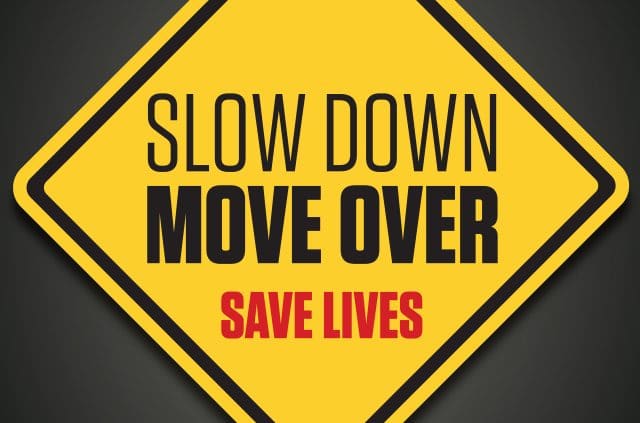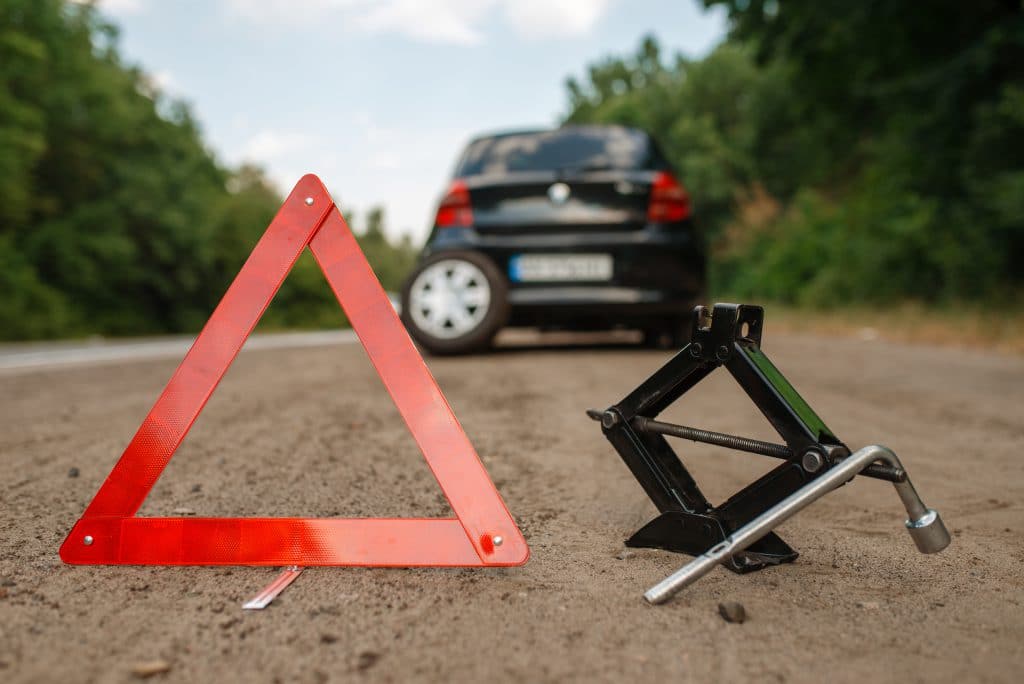The move over law in the US and around the world works to protect emergency responders. It’s one of the most important laws on the road today and came about as a result of an incident involving a paramedic. However, as these regulations came into place at different times in different states, many people don’t fully understand the meaning behind this movement. Today we’re going to look at the slow down, move over law, and its impact on you as a driver.
What is the Move Over Law?
In the United States, the move over law requires drivers to give one lane of space to any stopped emergency vehicle while also slowing down to complete this move. For example, if you are driving in the right-hand lane, you would pull over one lane to the left if you saw a parked emergency vehicle, such as a police car. This will give the vehicle and the team working on the incident enough space to keep them safe and secure while working. These laws vary slightly in different countries around the world, which is something you should be aware of when traveling and driving overseas.

The History of the Move Over Law
The move over law in the United States came about as the result of an incident involving a paramedic in South Carolina. Paramedic James D. Garcia was injured after being struck at an accident in 1994. The paramedic was noted to be at fault for the incident, which is why he began working for the safety of his fellow paramedics and emergency responders. The state’s first move over law was introduced just two years later in 1996 and updated again in 2002.
However, these incidents still continued to occur across the US, and by 2000, the US Department of Transportation, along with the Federal Highway Administration, understood that there was a need to increase safety for our emergency responders. With the support of other organizations in the US, move over laws have now become standard across the country.
Varying Regulations By State
One of the areas of confusion with the move over law is that there are slight variations from state to state. Only Washington D.C. currently doesn’t have this law in place. While the basic premise is the same, it’s worth paying attention to any unique additions to the regulations if you are traveling between states. For example, when traveling to Iowa, you have to move over or slow down for any type of vehicle with a flashing hazard light, but many other states are not as strict with their regulations. States sometimes specify the number of lanes you should move over, the speed you should reduce your vehicle by, and the types of vehicles you should apply this law to. This is one reason why many drivers today are still not obeying this rule, but it’s a crucial law to protect those working to look after our vehicles and lives.
Offering Protection For Emergency Responders

The move over law works to offer protection for emergency responders when they are working on the side of a road. At the current time, all fifty states in the US have now passed move over laws as a result of the number of deaths and injuries that occurred without these laws. However, what’s extremely concerning is that according to the National Highway Traffic Association, 71 percent of Americans were unfamiliar with these laws. Drivers are required to slow down and switch lanes upon seeing an emergency vehicle, but this is still not happening across the country today. All tow operators and emergency services workers deserve protection when working in a high-risk situation. In some states, they’ve even expanded this law to cover other workers, including utility and municipal fleets.
Top Tips for Drivers
If you find yourself in a situation where you need to pull over to give a lane of distance for an emergency vehicle, you’ll want to slow down first to allow you to safely move over. When you are driving on any road, you must always remain alert and focus on the road ahead. Keep an eye out ahead of you for stopped vehicles and tow trucks that are parked on the side of the road. Many states encourage you to slow down to between 10-20 mph less than the recommended speed limit, which will provide you with a safer speed to change lanes. You may find that signage or emergency workers are in place to guide oncoming traffic, so pay attention to these as you pass. If changing lanes is not possible on the road, you’ll want to slow down as much as possible as you pass the vehicle and workers.
Saving The Lives of Those Who Are Looking After Us
At Eemerg Roadside Assistance, we work with tow truck operators on a daily basis, matching their services to our clients who are in need. For that reason, we are extremely passionate about the move over law and the meaning behind this movement. Protecting the employees who work so hard to look after us on the road is crucial, and we believe they should never feel at risk while working in this environment. We encourage all drivers to follow the regulations and research the law for each new state they are traveling through. If you were in a vehicle or accident that’s at the side of the road, we are sure you would want to be given the appropriate space. Extend this courtesy to every emergency vehicle you pass in the future, and we can help to make our roads a safer place for all who work on them.
The slow down, move over law has saved countless lives since its introduction, but there’s still work to be done. By educating yourself more on the updates to this law in your state and discussing the importance of this movement with others, we can work together to reduce incidents on the road in the future and create a safer driving experience for everyone.

